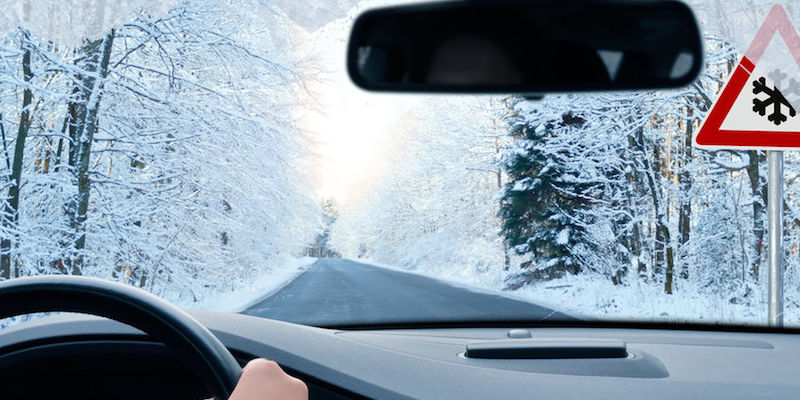Meteorologists say weather-related car accidents, such as those associated with ice, snow or even heavy rains, cause more deaths than large-scale weather disasters such as tornadoes or hurricanes.
Safety tips for winter driving conditions in Colorado.
Fall is now upon us, and temperatures are dropping. The seasonal change can come early in Colorado. Last year, for example, Denver experienced a snowfall in early October; the same happened in 2012.
Winter can be beautiful as snow falls, but danger can lurk behind that beauty when it comes to driving. Now is the time to prepare your vehicle for harsher driving conditions.
Winter Can Wreak Havoc on Cars and Drivers
Though final statistics for 2017 vehicle crashes are not yet completed, one safety organization is estimating that more than 40,000 people were killed in auto accidents in the United States last year. Included in that statistic are 642 people right here in Colorado. These numbers reflect the entire year, but what you may not know is that about 17 percent of those fatalities occurred during the winter. As noted by national weather forecasters, weather-related car accidents, such as those associated with ice, snow or even heavy rains, cause more deaths than large-scale weather disasters such as tornadoes or hurricanes.
A 2011-15 national study showed just how deadly ice and snow can be. During those four years, about 800 people died each year in crashes during wintery weather. It’s indicated that Colorado averaged about 20 deadly car accidents a year due to road conditions caused by inclement weather.
So, the question is, what do you need to do to make sure you and your passengers are safe this winter? There are many safety tips available, and it’s important to review them before the worst of our winter weather arrives.
Hybrid and Electric Cars Face Limits During Cold Weather
In all vehicles, battery power is the first thing affected by cold weather. Cold engines need more power to start, and that can drain a battery. Electric and hybrid vehicles have reduced ranges when temperatures fall. Regardless of what kind of car you drive, checking your battery should be on top of your list every winter to make sure it can produce enough power to start your car.
But, it’s not only your battery that needs checking. You should also:
- Do a personal reality check. If you have any apprehension about driving in ice or snow, don’t drive. Inexperience can lead to a crash.
- Check headlights and tail lights to make sure they are working properly, as well as your backup camera if you have one in your vehicle.
- Check the vehicle’s fluids to make sure they meet the manufacturer’s specifications; this is especially important when it comes to antifreeze, which can break down and become ineffective over time.
- Make sure your windshield wipers and defroster work and don’t forget your rear window wiper and defroster if you have one.
- And, don’t forget your Federal safety officials advise getting brakes checked, and also washing vehicle undercarriages throughout the winter, as road salt can corrode some brake lines.
Another important safety check is your tires. Tire blowouts or worn tread can cause a serious accident, so it’s crucial that your tires are in good shape, and you have the right tires for winter. Colorado’s Chain Law specifies what kind of tires motorists must have during winter months. If you are not familiar with this law, you can read more about it, as there are fines associated with not following this law.
And lastly, make sure you have a well-stocked winter safety kit in the vehicle in the event you do get stuck somewhere.

